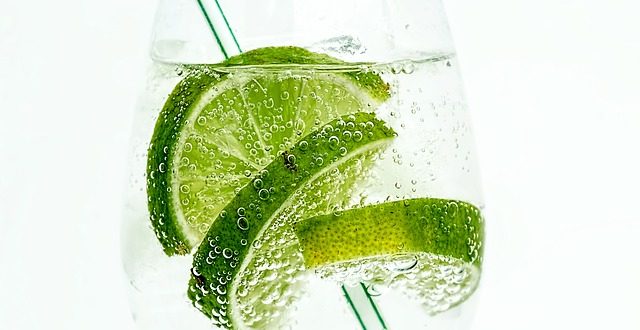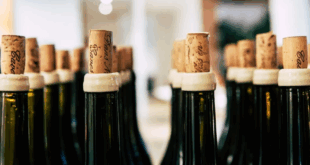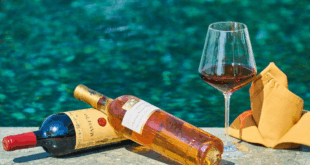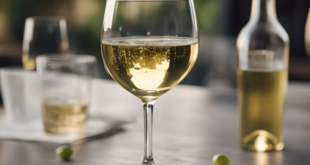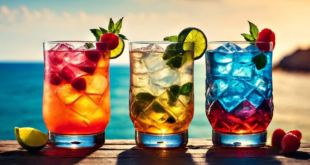A record amount of Gin was sold in 2016
Gin sales rose by 16% in 2016 to around forty million bottles. To put this in perspective we all drank nearly thirty g and t’s. Premium Gins are the main beneficiaries of the boom. To meet this growing demand nearly 100 new distilleries are now operating.
What is Gin?
Gin starts out as a clear flavourless alcohol (ethanol) made from barley or other grains, similar at this stage to Vodka. It only becomes Gin by a second distilling process with Juniper, which has to be the main botanical. Other botanicals from citrus fruits, herbs and seeds give different brands their individual flavours. The two main methods are steeping and infusion. With steeping, the botanicals are submerged in the alcohol whereas with infusion, the botanicals are suspended and effectively steamed to extract the flavours during distilling. Some brands combine both processes or use alternative methods. London Gin refers to a dry type with no added sweeteners. It’s not exclusive to London distilleries.
Gin History
Gin originates from Holland. Genever made with malt wine and distilled with Juniper and other botanicals dates back to the sixteenth century. It was used to treat a wide range of medical conditions, in reality only masking them! British soldiers stationed in Antwerp (then part of Holland) drank it prior to battle, from whence the term “Dutch Courage” originates.
Gins popularity grew in the UK during the seventeenth century. It could use poor quality grain, and was free of the high tax duties on Brandy. Gin is closely associated with London, not necessarily positively. Hogarth’s famous cartoon, “Gin Lane” depicts the social problems resulting from cheap Gin in the eighteenth century.
Gin and Tonic is by far the most popular drink. During our colonial period, a G and T was a pleasant way to take the quinine to fight Malaria. The Black Friar distillery has been producing gin in Plymouth since 1793. Plymouth Gin enjoys PGI protection making it unique.
London Dry Gin
To be called such, confusingly it doesn’t have to be made in London. Instead it refers to the type and method of production, and at least until Brexit is finalised, defined by an EU mandate. In brief it’s initially distilled to over 96% ABV, before redistilling to at least 70%. Juniper must be the primary botanical, sweetening is limited and no flavours can be added after distilling.
Beefeater is the largest producer still operating in London. Tanqueray Gordon, the market leader and part of Diageo now comes from Scotland. London is home though to many of the new players entering the market.
Tonic
Mirroring Gins rise in popularity, tonic, once a humble mixer has also had a makeover! Since starting in 2005, Fever Tree is now a major player selling over £100 million pounds worth of tonic in 2016.
 Vino-Club For Wine Lovers
Vino-Club For Wine Lovers
